At 8 years old, Izzabell Frederiksen came down with pneumonia.
During a routine chest X-ray, doctors discovered another issue.
“We found out she had scoliosis during her pneumonia X-ray,” said Izzabell’s mom, Amy. “She had 26 percent curvature of the spine.”
Doctors put Izzabell in a brace, but her spine continued to curve to the left at an alarming 1 degree per month.
As her spine continued to curve, doctors near their Lansing, Michigan, home recommended that Izzabell see Jeffrey Cassidy, MD, division chief of Spectrum Health Helen DeVos Children’s Hospital pediatric orthopedics surgery specialists.
In March 2015, they made the trip to Grand Rapids, Michigan.
“We were thinking we’d have a couple years, but he said she had to have surgery right away,” her father, Jesse, said. “We scheduled it for as soon as school was out.”
Dr. Cassidy inserted two steel rods in Izzabell’s back to straighten it.
These days, 12-year-old Izzabell isn’t looking back. She’s looking ahead to a bright and more active life after successful back surgery.
During a recent followup visit, Izzabell and her family sat in an exam room in Dr. Cassidy’s office, anxiously awaiting X-ray results and the doctor’s prognosis.
As Amy described how Izzabell’s shoulders “looked like she had bird wings” when she was a baby, Dr. Cassidy entered the room.
“How are you, Izzabell?” Dr. Cassidy asked, delving into more detail about if and where she felt pain.
“Mostly in my hips,” the seventh-grader told him.
“Her X-rays look great,” Dr. Cassidy soon reported.
He asked Izzabell to bend forward while he examined the near-invisible incision in the middle of her back.
“Your incision healed up nicely,” he said. “Can I have you bend down and touch your toes? Bend down as far as you can. Does that hurt when you’re bending over?”
Dr. Cassidy then wheeled his chair to the computer monitor and showed the family the scans.
He attributed the hip pain Izzabell felt to her growth plate expanding, commonly known as “growing pains.” He pointed to her spinal area on the screen.
“There are no changes from last year, which is what we wanted,” he said. “She is really straight now. When we look at her from the side everything is looking beautiful there, too. Before surgery, her spine had gotten really flat. That narrows the chest cavity. Now she has nice roundness to her back and that is holding up nicely. I think everything looks perfect.”
The family beamed. But the news got even better.
“The prognosis is good,” Dr. Cassidy said. “Her spine appears fused. It’s straight and well-balanced. At least through her young adulthood, she should run into no problems whatsoever.”
Dr. Cassidy said Izzabell wasn’t born with scoliosis.
“It came on later in life,” he said. “It probably started when she was 6 or 7 years old.”
The family thinks she may have developed scoliosis as early as 3 or 4 years old.
And no one knows why.
“It’s idiopathic scoliosis,” Dr. Cassidy said. “We scanned her to make sure she didn’t have any kind of neurological problems causing it. Probably about 80 percent of people have idiopathic (scoliosis) so we don’t know what the underlying cause is.”
Dr. Cassidy said he sees 80 to 100 kids a year with the degree of curvature Izzabell suffered.
“I’m happy because I was really worried today that it would go bad,” Izzabell said after hearing the great news.
“Look at that smile,” her dad said. “Look at you, now you can go to that birthday party.”
There are a lot of things Izzabell can do now that seemed difficult before.
“I’m able to do more activities for longer periods of time without pain,” she said. “I can go on walks, ride my bike, go swimming. I wasn’t able to do those things before.”
The improvement was almost immediate. A few weeks after surgery she went on a mission trip to build a house in Hillsdale, Michigan.
But she’s not keeping her excitement about her improvement, or her experience, contained.
Izzabell has talked with other patients of Dr. Cassidy’s who are about to have the same surgery. She tells them about her medical journey, and answers any questions they have. She educates and empathizes. But mostly, she calms fears.
“It makes me feel good because that kid doesn’t have to be as scared as I was,” she said.
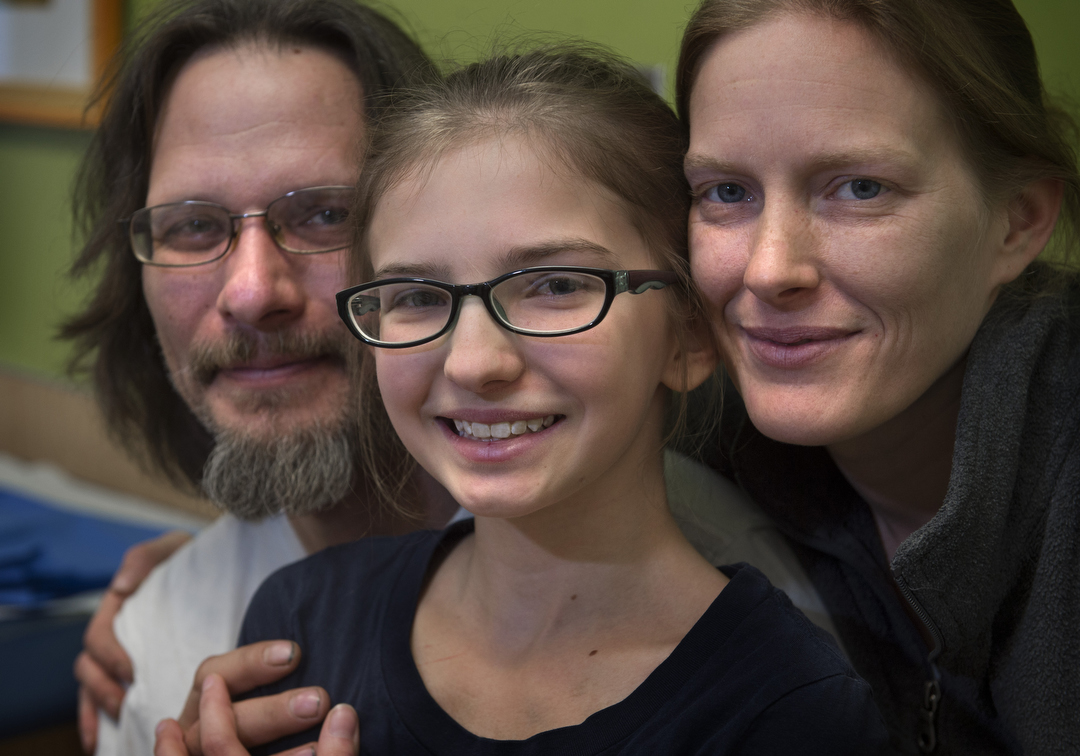
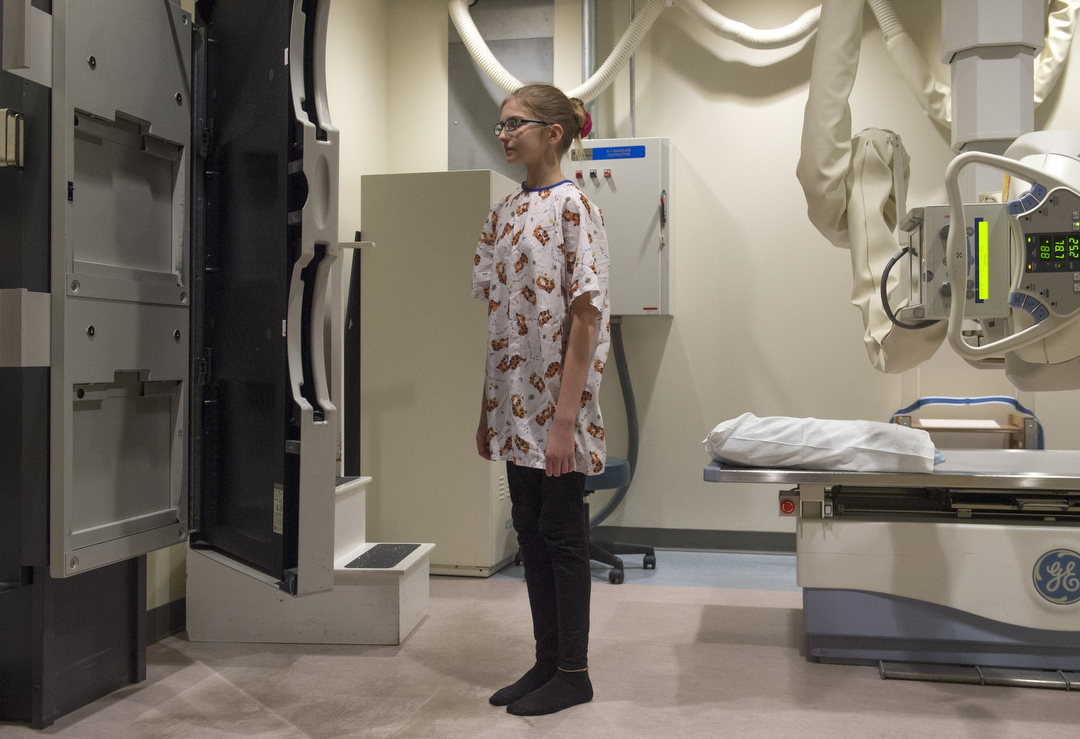


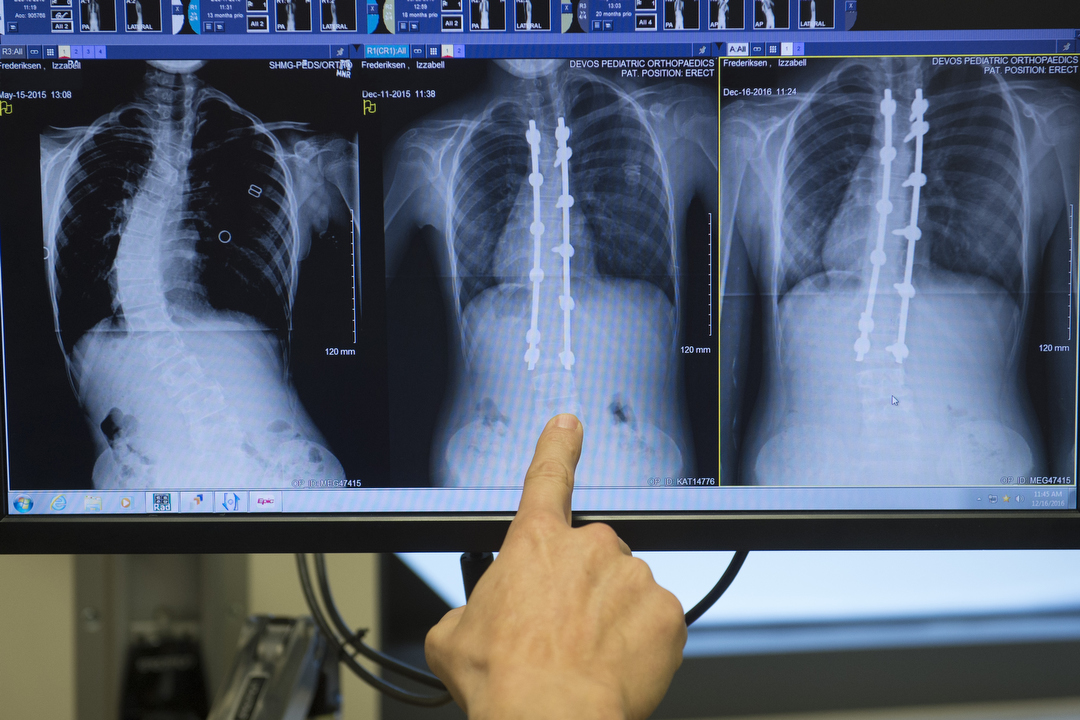
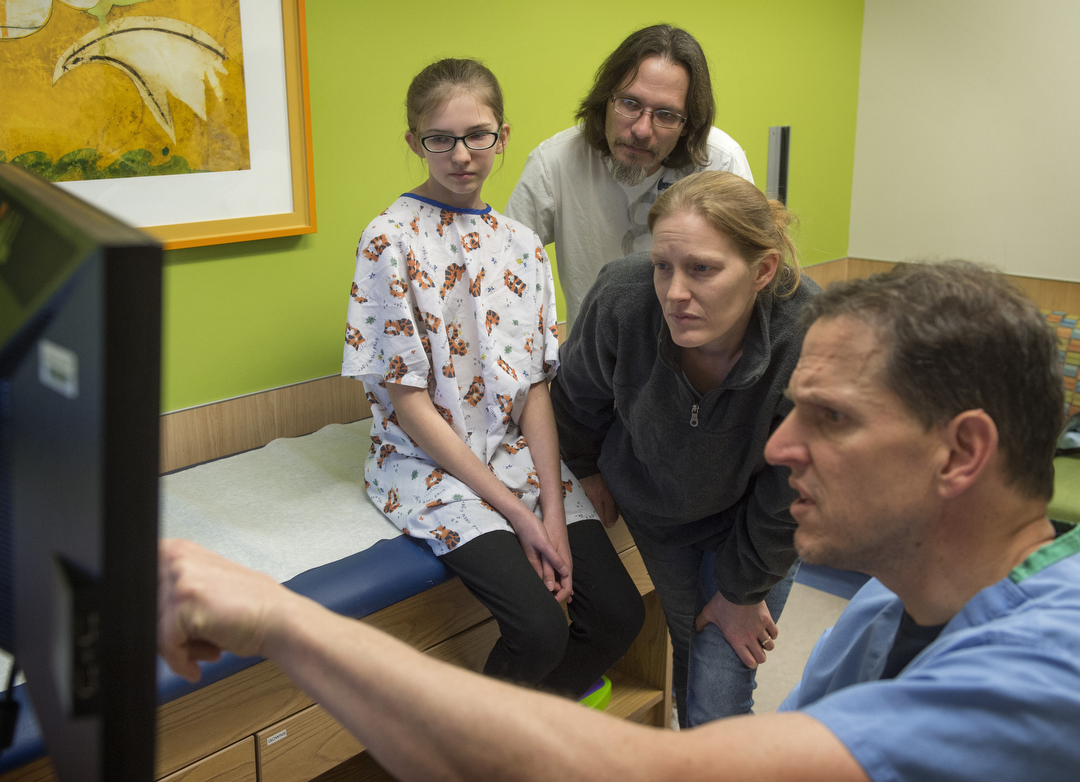

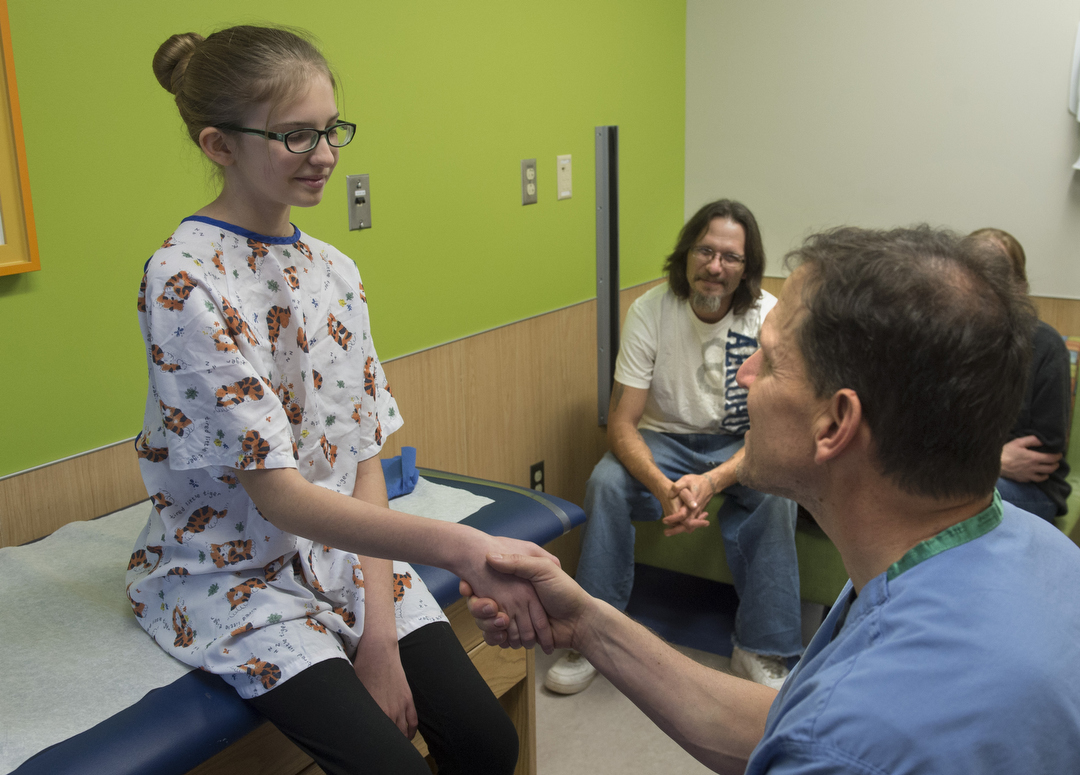

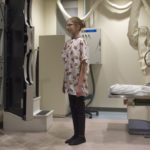



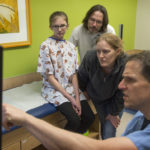
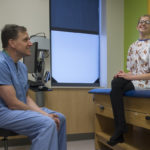

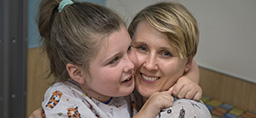 /a>
/a>
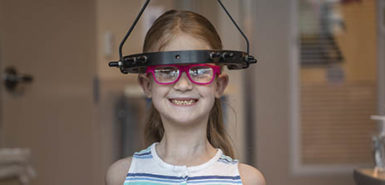 /a>
/a>
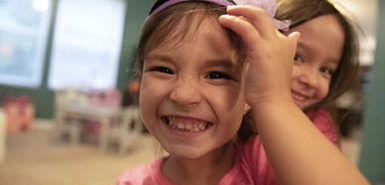 /a>
/a>